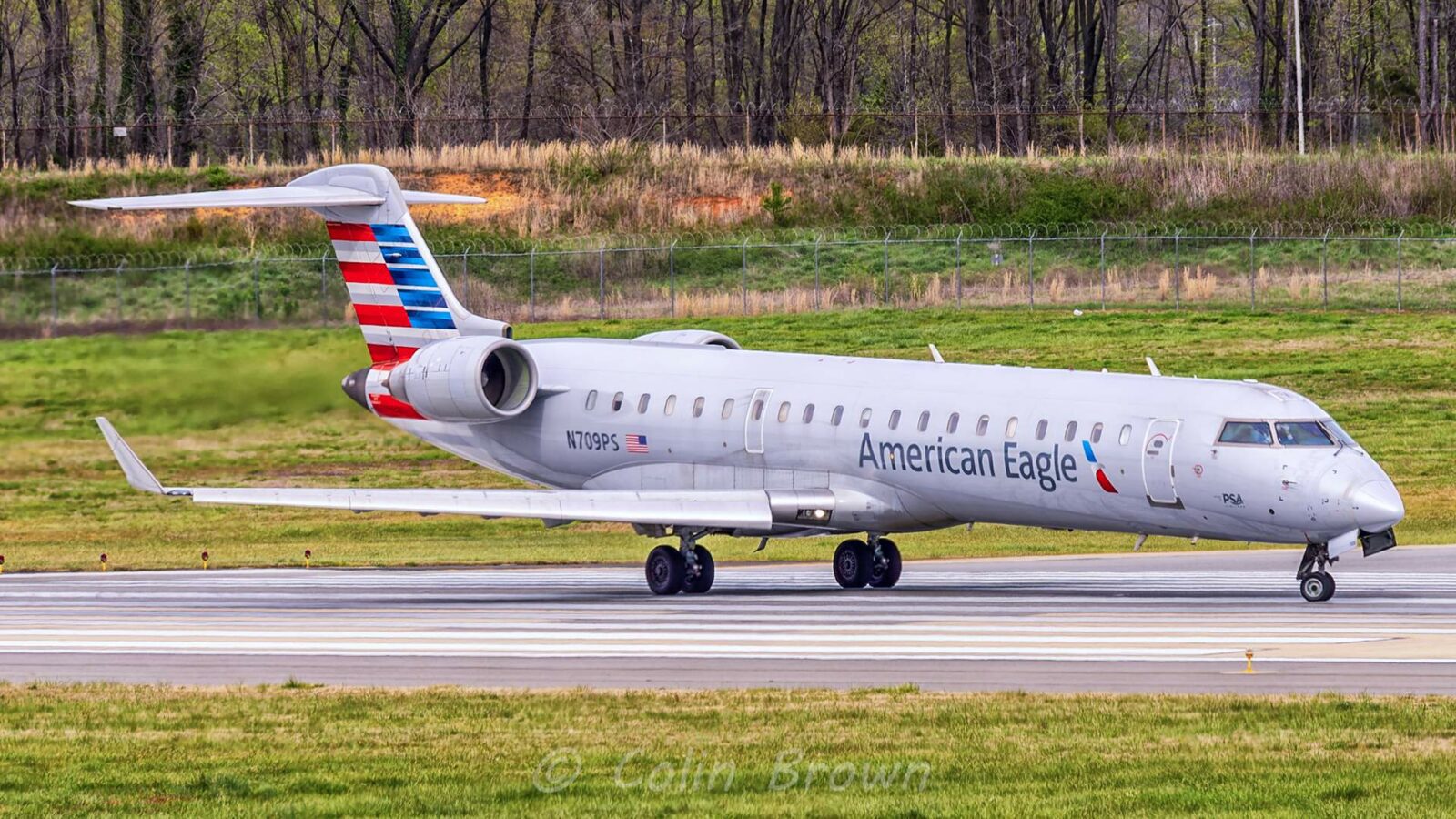The NTSB released an update on the crash of a privately-owned MD-87 in Texas last month. And to many, it is as familiar as it is worrying.
We reported on this accident on the day that it took place, on the 19th of October. The private MD-87 (reg. N987AK) was to fly from Houston Executive Airport (KTME) to Boston, Massachusetts, in the United States. However, the aircraft never managed to lift off from the runway. Its pilots rejected the take-off at very high speed, overrunning the end of the runway, going through a perimeter fence.
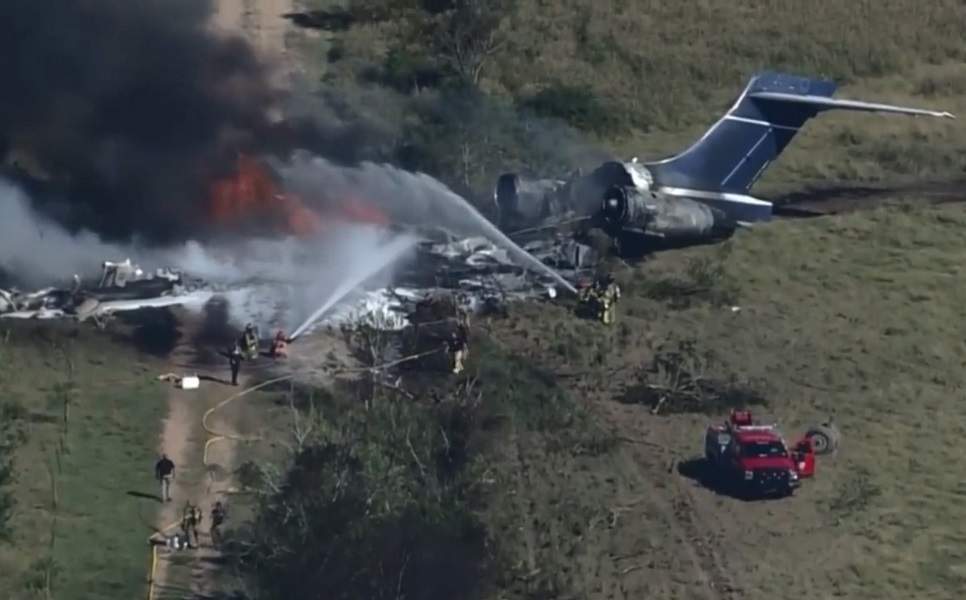
The aircraft then passed over a road, damaging a power line, before hitting a row of trees and coming to a rest. A fire then consumed almost all of the aircraft. Thankfully, everyone on board this MD-87 in Texas survived the crash. According to the NTSB, two people suffered serious injuries. A third person suffered minor injuries.
At the time of this Texas crash, one local observer noted that the MD-87 never rotated during its take-off run. And this was a key detail, that triggered some people. This is because of an accident involving an MD-83 of Ameristar Air Cargo, in 2017. As it turns out, the inability to rotate was not the only common factor in the two incidents.
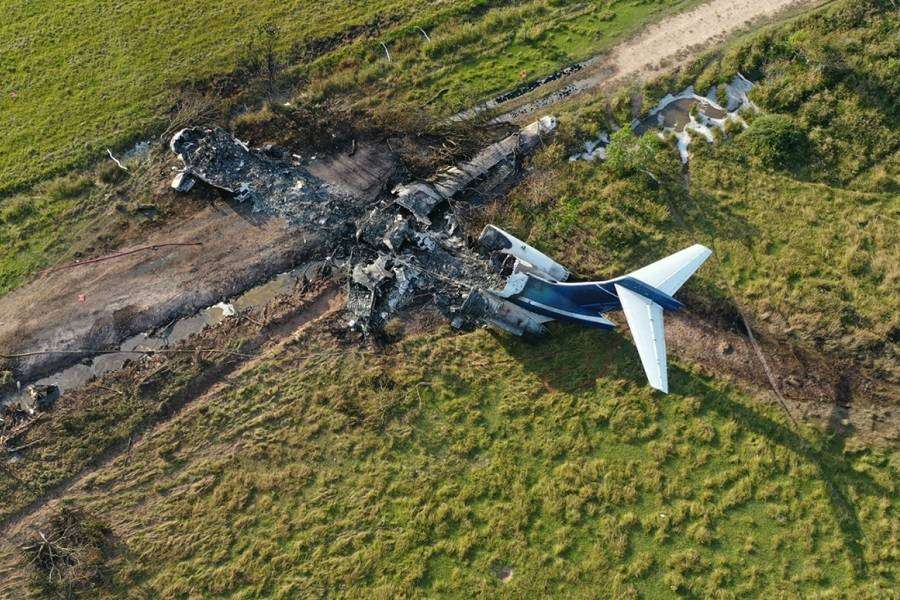
An Unusual Design
The NTSB reported that both the left and right elevators of the MD-87 in the crash in Texas were jammed in the downward position. Investigators could not move the elevators by hand, from that position. The actuating cranks and links of the elevator’s geared tabs were in an over-centre position, causing the jam.
So what does this mean, and what was its role in the crash of the MD-87 in Texas? The problem relates to a feature of the DC-9/MD-80 family. Like many older aircraft designs, these jets have direct links between the cockpit controls and the control surfaces. Except that in the case of the elevator, it’s not the elevator itself that the yoke is controlling.
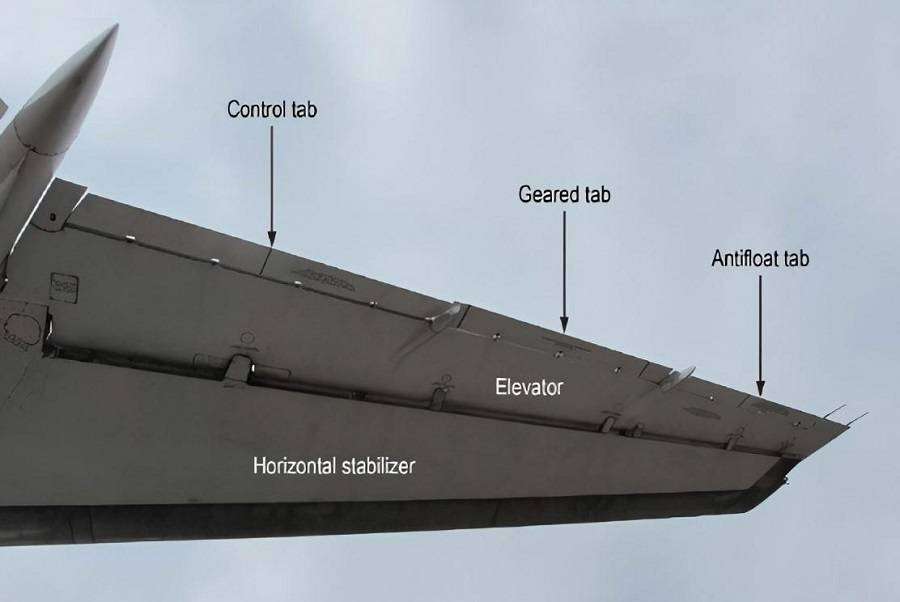
Instead of the elevators themselves, the yokes control one tab on each elevator (directly, and a second tab indirectly). A deflection of this control tab in one direction creates aerodynamic forces that move the elevator in the other direction. The advantage of this system is that it greatly reduces the forces that the pilots need, to control the elevator.
The disadvantage, as the crash of the MD-87 in Texas shows, is that checking that the controls are “free and clear” before take-off isn’t straightforward. Since the pilots are only moving the tabs, it is possible for the pilots not to notice that an elevator isn’t actually free. Or, as in this case, that a secondary tab (the geared tab) has jammed. The problem only became obvious when aerodynamic forces placed loads on the surfaces.

The Pilots’ Actions In The Texas MD-87 Crash
This jamming can happen when extreme winds deflect the elevators, as the plane sits on the ground. So, the MD-87 pilots in the Texas crash only realized they had an issue when they tried to rotate. Aborting the take-off was inevitable, despite being well past V1 (decision speed). Thankfully, the crew acted quickly, saving the passengers and themselves.
But worryingly, this very general description of the MD-87 crash in Texas (see the NTSB publication for more details) is VERY similar to the MD-83 crash in 2017. MentourPilot recently made a detailed video on this incident, which you can see below. And the question now is, why did it happen again?
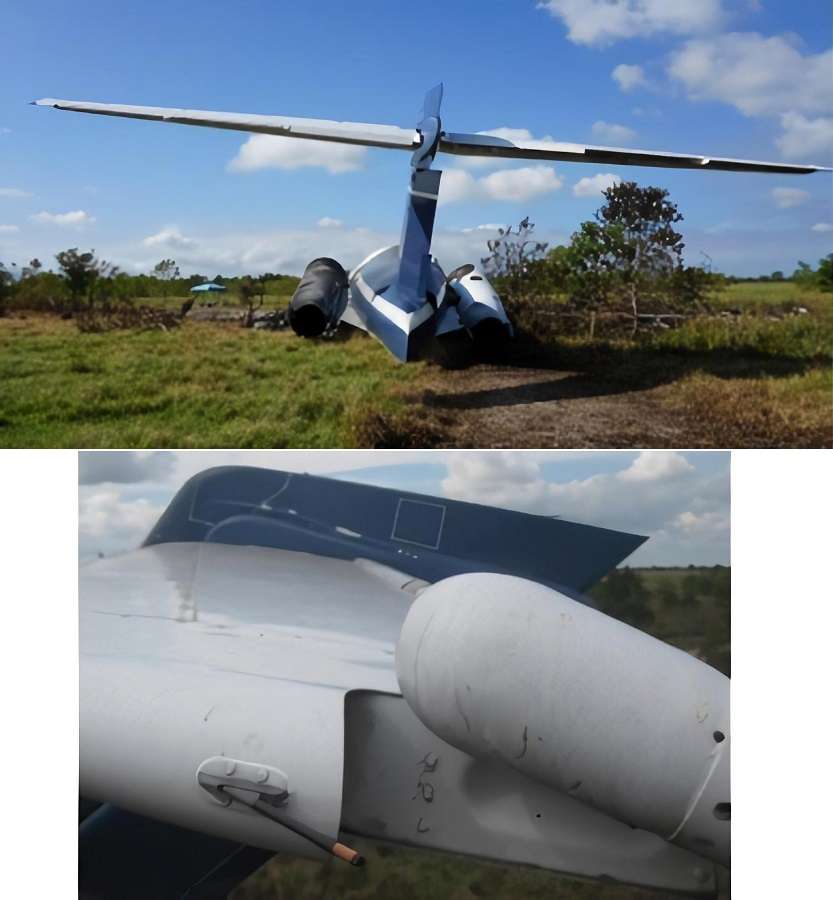
After the previous incident, Boeing introduced changes to the design, to make jamming impossible. Investigators will examine if this private MD-87 in Texas incorporated these necessary changes and inspections, before the crash.
Source: NTSB
MentourPilot Video of Ameristar Air Cargo 9363:



